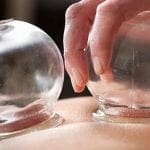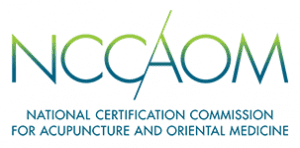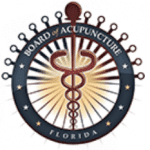 At the start of the Rio Olympics, several members of Team USA arrived to compete with what some people have described as odd-looking marks on the skin of such athletes as swimmer Michael Phelps and gymnast Alex Naddour. Although the red circles may appear accidental, they are actually markers of cupping, a Traditional Chinese Medicine (TCM) technique used for performance improvement and healing.
At the start of the Rio Olympics, several members of Team USA arrived to compete with what some people have described as odd-looking marks on the skin of such athletes as swimmer Michael Phelps and gymnast Alex Naddour. Although the red circles may appear accidental, they are actually markers of cupping, a Traditional Chinese Medicine (TCM) technique used for performance improvement and healing.
Cupping: An Introduction
Cupping is one of the oldest methods of traditional Chinese medicine. The earliest recorded use of cupping dates to the early fourth century, when the noted herbalist Ge Hong wrote about a form of cupping in A Handbook of Prescriptions. Later books written during the Tang and Qing dynasties described cupping in great detail; one textbook included an entire chapter on “fire jar qi,” a type of cupping that could alleviate headaches, dizziness and abdominal pain.
How does cupping work? What does it treat?
 In a typical cupping session, glass cups are warmed using a cotton ball or other flammable substance, which is soaked in alcohol, lit, then placed inside the cup.
In a typical cupping session, glass cups are warmed using a cotton ball or other flammable substance, which is soaked in alcohol, lit, then placed inside the cup.
As the substance burns, the cup is turned upside-down so that the practitioner can place the cup over a specific area. The vacuum created by the lack of oxygen anchors the cup to the skin and pulls it upward on the inside of the glass as the air inside the jar cools. Drawing up the skin is believed to open up the skin’s pores, which helps to stimulate the flow of blood, balances and realigns the flow of qi, breaks up obstructions, and creates an avenue for toxins to be drawn out of the body.
Depending on the condition being treated, the cups will be left in place from 5 to 10 minutes. Several cups may be placed on a patient’s body at the same time. Some practitioners will also apply small amounts of medicated oils or herbal oils to the skin just before the cupping procedure, which lets them move the cups up and down particular acupoints or meridians after they have been applied.
Is cupping safe? Does it hurt?
While cupping is considered relatively safe, it can cause some swelling and bruising on the skin. As the skin under a cup is drawn up, the blood vessels at the surface of the skin expand. This may result in small, circular bruises on the areas where the cups were applied. These bruises are usually painless, however, and disappear within a few days of treatment.
I would like to learn more about cupping. Where can I find out more information?
Several articles on cupping have been published in peer-reviewed journals and acupuncture websites. To learn more about cupping, you may visit:
◾Dharmananda S. Cupping. Institute for Traditional Medicine website. Available here
Merle Friedman AP is Diplomate of Acupuncture (NCCAOM)® so contact her @ 813-381-3835 if you’d like to discuss cupping therapy.





Feedback from Customers: